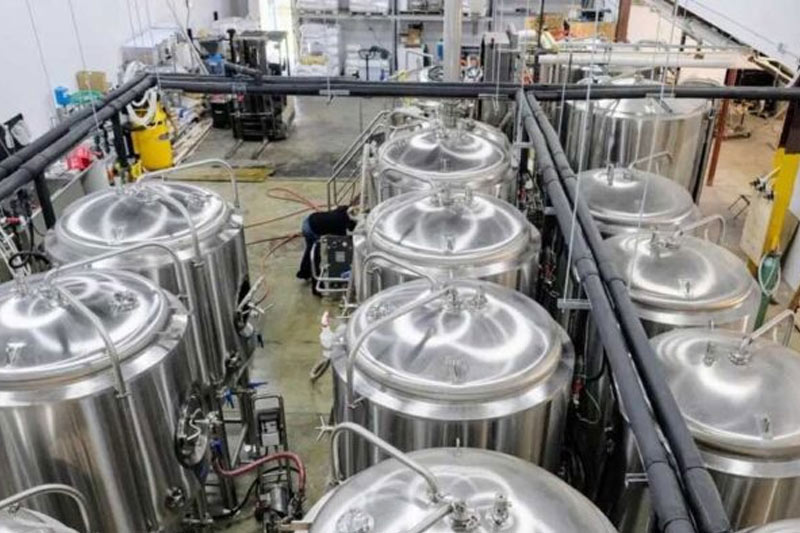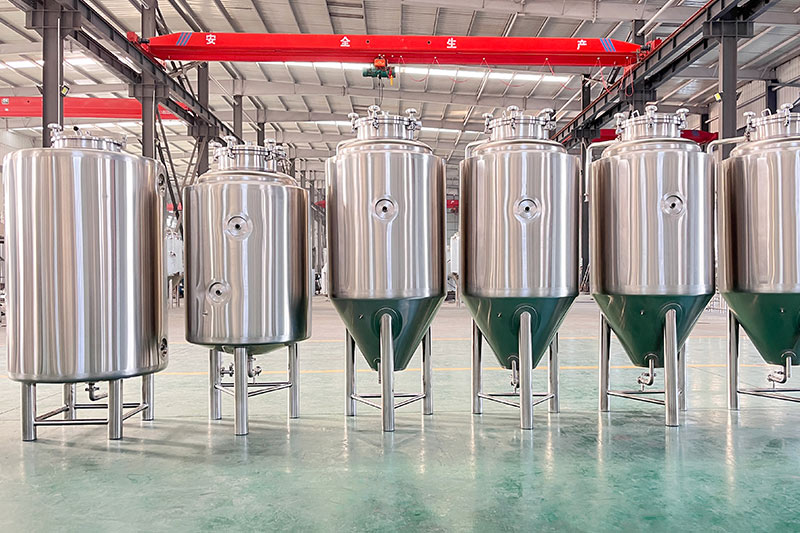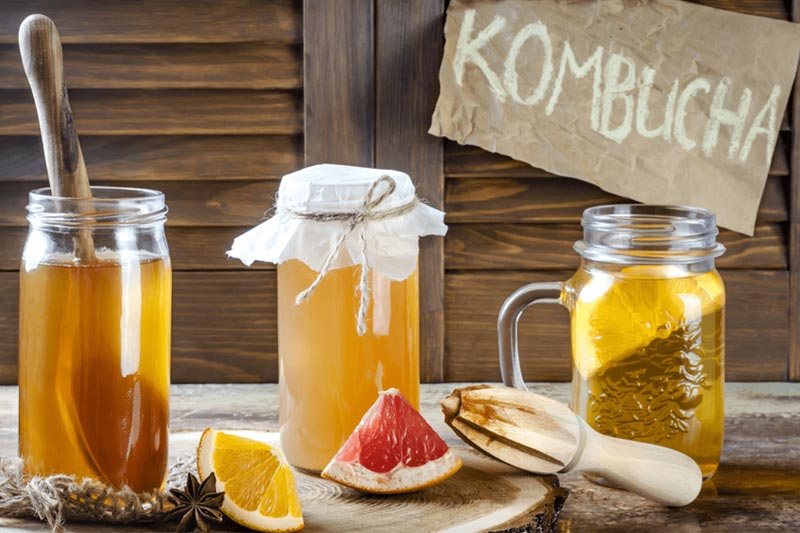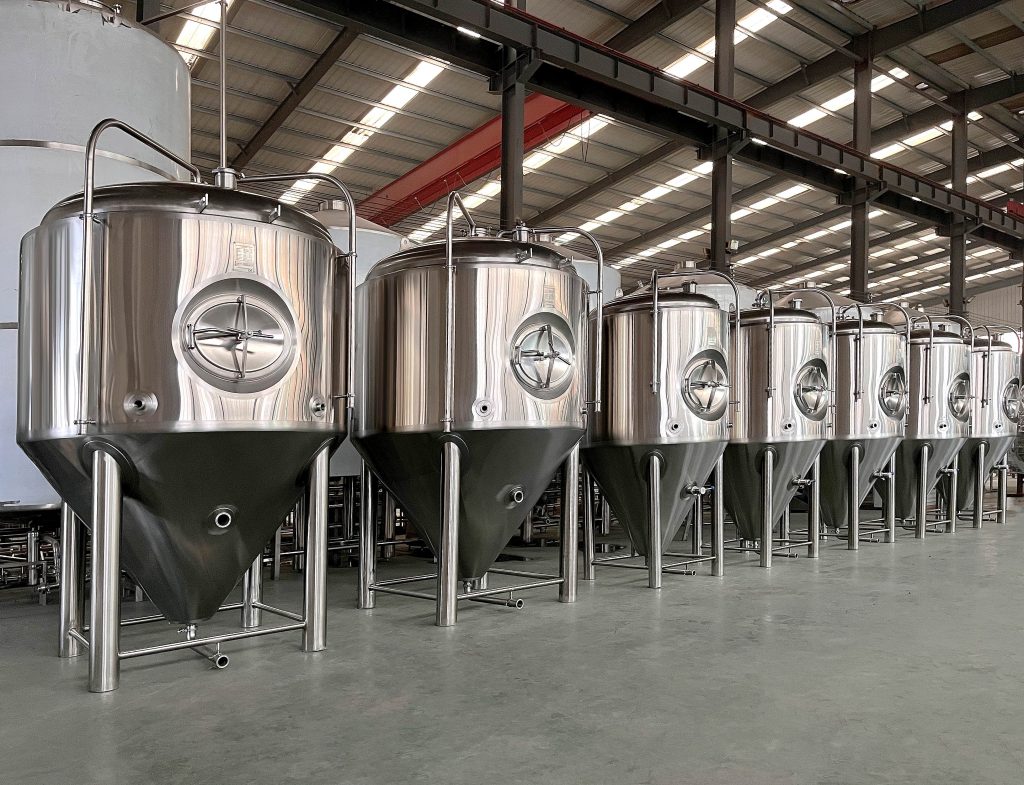Brewing kombucha at home is a rewarding and delicious hobby that has been gaining popularity. This ultimate guide will walk you through the essential kombucha brewing equipment you need to get started. Whether you’re a new brewer or looking to upgrade your kombucha brewing supplies, this article is worth reading to ensure you have everything necessary to brew your own kombucha successfully.

What is Kombucha and Why Brew It at Home?
Kombucha is a fermented sweet tea beverage made by fermenting tea with a symbiotic culture of bacteria and yeast (SCOBY). Brewing kombucha at home allows you to enjoy a delicious, probiotic-rich drink while controlling the ingredients and flavors.
Why brew kombucha at home?
- Cost-Effective: Homebrewing is a cost-effective way to enjoy kombucha regularly.
- Customization: You can experiment with different teas and flavors.
- Health Benefits: Kombucha is rich in beneficial acids and probiotics.
Brewing kombucha is a fun and rewarding process that anyone can learn with the right kombucha brewing equipment.
Essential Kombucha Brewing Equipment
To start brewing kombucha, you’ll need some essential equipment:
1. Brewing Vessel
A brewing vessel is where the magic happens. It’s important to choose the right vessel to ensure a successful ferment.
- Options: Glass jars, food-grade stainless steel containers.
- Size: Common sizes are 1-gallon jars, but you can scale up.
2. SCOBY and Starter Liquid
The SCOBY (Symbiotic Culture of Bacteria and Yeast) is essential for fermentation.
- Where to Get It: Purchase from reputable suppliers or get one from a friend.
3. Cloth Cover and Rubber Band
A breathable cloth cover keeps contaminants out while allowing air to circulate.
- Material: Tight-weave cotton or coffee filters.
4. Funnel and Strainer
Used for transferring and filtering your kombucha when bottling.
- Materials: Food-grade funnels and fine mesh strainers.
5. Bottles for Second Fermentation
For carbonation and flavoring, you’ll need bottles.
- Options: Swing top bottles are perfect for sealing in carbonation.
6. pH Test Strips and Thermometer
Monitoring the pH and temperature ensures a safe and successful brew.
- pH Strips: To test acidity levels.
- Thermometer: To monitor fermentation temperature.
7. Stainless Steel Kettle
For brewing the sweet tea base.
- Note: Use non-reactive materials like stainless steel.
Choosing the Right Brewing Vessel
Selecting the appropriate brewing vessel is crucial for the kombucha brewing process.
Glass Jars
- Pros: Easy to clean, non-reactive, and you can see the fermentation process.
- Cons: Fragile, so handle with care.
Stainless Steel Containers
- Pros: Durable and easy to clean.
- Cons: Must be food-grade stainless steel specifically for kombucha brewing.
Why Vessel Material Matters
Using the wrong materials can harm the SCOBY or affect the taste.
- Avoid: Plastic (can leach chemicals), ceramic (unless food-grade), and metals other than stainless steel.
For high-quality brewing vessels, consider equipment from Micet Craft Kombucha Brewing Equipment.
Understanding the Role of the SCOBY
The SCOBY is the heart of kombucha brewing.
What is a SCOBY?
- Definition: A symbiotic culture of bacteria and yeast.
- Function: Ferments the sweet tea into kombucha by consuming sugar and producing beneficial acids.
Caring for Your SCOBY
- Storage: Keep it in some starter liquid when not in use.
- Health Indicators: Healthy SCOBYs are light brown and have a firm texture.
SCOBY Growth
With each batch, a new layer forms.
- Share: Extra SCOBYs can be shared with friends or used to start a SCOBY Hotel for storage.
How to Maintain Proper Fermentation Temperature
Temperature plays a vital role in kombucha fermentation.
Optimal Temperature Range
- Ideal Range: Between 75°F and 85°F (24°C to 29°C).
- Impact: Too cold slows fermentation; too hot can kill the SCOBY.
Tools for Temperature Control
- Heat Mats: Provide consistent warmth.
- Fermentation Thermometers: Monitor the temperature inside the vessel.
Tips for Temperature Management
- Location: Place your brewing vessel in a warm, shaded area.
- Avoid: Direct sunlight and drafts.
Maintaining the right temperature ensures a successful ferment and a tasty kombucha.

The Importance of pH in Kombucha Brewing
Understanding pH levels is crucial for both safety and flavor.
Why pH Matters
- Safety: A low pH prevents harmful bacteria growth.
- Flavor: Influences the tartness of the kombucha.
Monitoring pH Levels
- pH Test Strips: Use to check the pH during fermentation.
- Target pH: Aim for a pH between 2.5 and 3.5.
Adjusting pH
- If Too High: Ferment longer or add more starter liquid.
- If Too Low: Ensure not to over-ferment, which could make the kombucha too acidic.
Regular pH checks help in brewing safe and delicious kombucha.
Bottling Your Kombucha for Carbonation
After fermentation, it’s time to bottle your kombucha.
Choosing the Right Bottles
- Swing Top Bottles: Ideal for maintaining carbonation.
- Size: 16 oz bottles are a common choice.
Preparing for Bottling
- Flavoring: Add fruits, herbs, or juices for a second fermentation.
- Straining: Use a fine mesh strainer to remove yeast strands.
Carbonation Process
- Second Fermentation: Seal bottles and let them sit at room temperature for 1-3 days.
- Caution: Burp the bottles daily to prevent over-carbonation.
Safety Tips
- Pressure Build-Up: Be cautious as bottles can explode if over-pressurized.
- Refrigeration: Once carbonated, refrigerate to slow fermentation.
Enjoy your fizzy, delicious kombucha once it’s perfectly carbonated!
Cleaning and Sanitizing Your Equipment
Proper cleaning ensures the longevity of your equipment and the quality of your brew.
Why Cleaning Matters
- Prevent Contamination: Keeps unwanted bacteria and mold at bay.
- Flavor Integrity: Avoids off-flavors caused by residues.
Steps for Cleaning
- Rinse Immediately: After use, rinse equipment with warm water.
- Use Mild Detergents: Avoid harsh chemicals that can linger.
- Sanitize: Periodically sanitize with vinegar or food-safe sanitizers.
Cleaning Bottles
- Bottle Brushes: Help clean hard-to-reach areas.
- Soaking: Use warm water and mild soap.
Keeping your kombucha brewing equipment clean is essential for brewing success.
Frequently Asked Questions
To brew kombucha at home, you’ll need a brewing vessel, SCOBY, cloth cover, funnel, strainer, bottles for carbonation, pH test strips, and a thermometer.
It’s recommended to avoid plastic as it can leach chemicals into your brew. Use glass jars or food-grade stainless steel containers instead.
Maintain a room temperature between 75°F and 85°F. Use a heat mat if necessary and monitor with a fermentation thermometer.
Inadequate carbonation can be due to insufficient sugar during the second fermentation or not sealing the bottles properly. Ensure you use airtight bottles like swing top bottles.
Clean your equipment after every batch. Regular cleaning and sanitizing prevent contamination and ensure the quality of your kombucha.
You can find high-quality equipment at specialized suppliers like Micet Craft Kombucha Brewing Equipment, which offers everything you need to brew kombucha.
Get Started on Your Kombucha Brewing Journey
Brewing kombucha is a fulfilling hobby that not only provides a delicious beverage but also offers health benefits. With the right equipment and knowledge, you can easily start brewing at home.
Key Takeaways:
- Essential Equipment: Invest in quality kombucha brewing supplies.
- Proper Vessel: Use safe materials like glass or stainless steel.
- Temperature and pH: Monitor closely for successful fermentation.
- Bottling: Use appropriate bottles for carbonation.
- Cleaning: Keep your equipment clean to ensure quality brews.
Ready to embark on your kombucha-making adventure? Equip yourself with the best tools and start brewing today!
For professional-grade equipment and supplies, consider reaching out to Micet Craft Kombucha Brewing Equipment.

Start Brewing Delicious Kombucha Today!
Don’t wait any longer. With everything you’ve learned, it’s time to get started on brewing your own kombucha at home. Gather your equipment, secure your SCOBY, and begin this exciting journey. Happy brewing!

